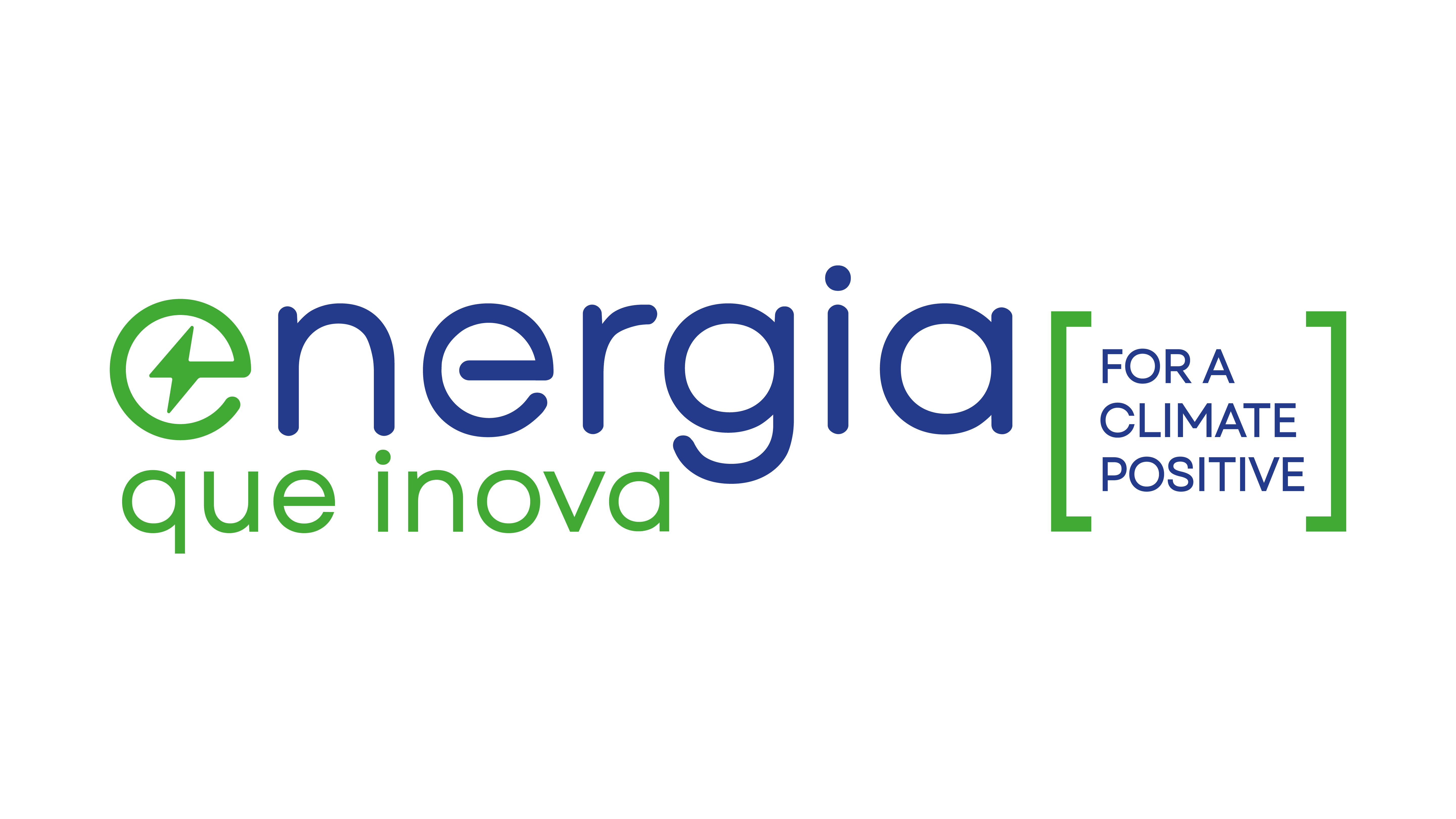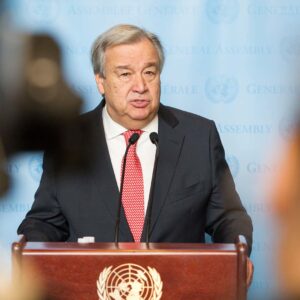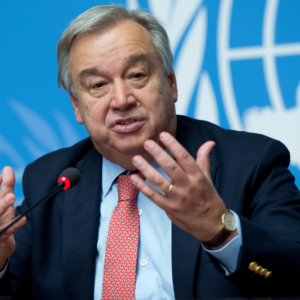The growing amount of alarming news about the impacts of climate change on a global scale has raised the alarm of groups and institutions dedicated to environmental issues. Rising heat waves, raging wildfires and devastating droughts are just a few examples of this environmental imbalance. These dramatic events underscore the urgency of taking concrete action to address the climate crisis.
The Paris Agreement, which seeks to limit global warming to 1.5°C, is getting closer, making it vital that drastic measures are taken to reach this target. The energy sector, due to its importance in greenhouse gas emissions, plays a key role in this challenge. By 2030, it is essential that the energy sector works hard to mitigate its emissions, implementing clean and sustainable solutions. Only with collective and comprehensive action will we be able to face this critical scenario and build a safer and more sustainable future for generations to come.
O IEA Net Zero Roadmap to 2050, published in May 2021 and to be updated ahead of COP28, sets out a path for the energy sector that would limit global warming to 1.5°C. The roadmap highlights the importance of doubling progress in energy efficiency and massively scaling up a wide range of clean energy technologies this decade to reduce demand for fossil fuels and reach net zero quickly enough.
According to a recent report, all the technologies needed to achieve the deep cuts in global emissions by 2030 already exist, and the policies needed to implement them have already been proven. After dealing with the impacts of the Covid-19 pandemic, it is important that there is a recovery project in line with the net zero goal. Targets and competitive auctions can help accelerate the electricity industry's transition to wind and solar energy. In addition, the phasing out of fossil fuel subsidies, carbon pricing and other market reforms can ensure appropriate price signals to encourage the adoption of clean energy technologies.
It is critical that governments take the lead and provide meaningful incentives for the adoption of fuels, technologies and practices that favor the transition to cleaner and more sustainable sources, while discouraging the use of coal and other polluting sources. In addition, it is crucial to carry out adequate planning and encourage the massive implementation of infrastructure for intelligent energy transmission and distribution grid systems.
To achieve the goal of achieving Net Zero by 2050, the report highlights the need for agile deployment of technologies already available, as well as the implementation of clear and effective regulatory policies. During this decade, it is essential to concentrate efforts to significantly reduce CO2 emissions, thus ensuring significant progress towards a more sustainable future, aligned with global climate goals. The combination of coordinated actions and the commitment of all stakeholders are essential to meet this challenge and build a more resilient and healthy world for future generations.
Large-scale expansion of renewable energy capacity could avoid the emission of approximately 7 billion tons of CO2 between 2023 and 2030, equivalent to eliminating all current CO2 emissions from China's power sector. The progress achieved so far is remarkable, with a record increase in renewable energy capacity additions expected by 2023. Furthermore, renewables are on track to supply all of global electricity demand within the next two years.
Renewable energy capacity added worldwide increased by almost 13% in 2022 and is expected to increase by a third in 2023, driven by increasing political momentum, high fossil fuel prices plus ongoing energy security concerns. According to the IEA's renewable energy market update published last month, global electricity generation from renewable sources could overtake coal as early as next year, depending on weather conditions.
However, more progress is needed to achieve the IEA's Net Zero Roadmap targets, which set out the need to triple the world's renewable energy capacity by 2030 to achieve net zero emissions from the power sector by 2050. of renewable energy exceeds the total demand for electricity, which is expected to increase in the coming years. Furthermore, tripling renewable capacity by the end of the decade would lead to a significant reduction in coal-related CO2 emissions.
According to the IEA's Net Zero Roadmap, to reach the 1.5°C target, it is necessary to triple the world's renewable energy capacity by 2030. This expansion would allow renewable energy generation to exceed total electricity demand, which should increase in the coming years, supported by the electrification of power systems and increased use of cooling. Additionally, expanding renewable energy capacity would help significantly reduce coal-related CO2 emissions, which is the single largest source of energy-related CO2 emissions.
Faced with this positive scenario, the International Energy Agency (IEA) has intensified its appeals to governments around the world, urging them to commit to tripling their renewable energy capacity by 2030. This measure is essential to further accelerate growth. combating climate change and promoting an effective and sustainable global energy transition. Engagement and joint action by governments are key to achieving a future with clean energy, preserving the environment and ensuring security and prosperity for future generations.













